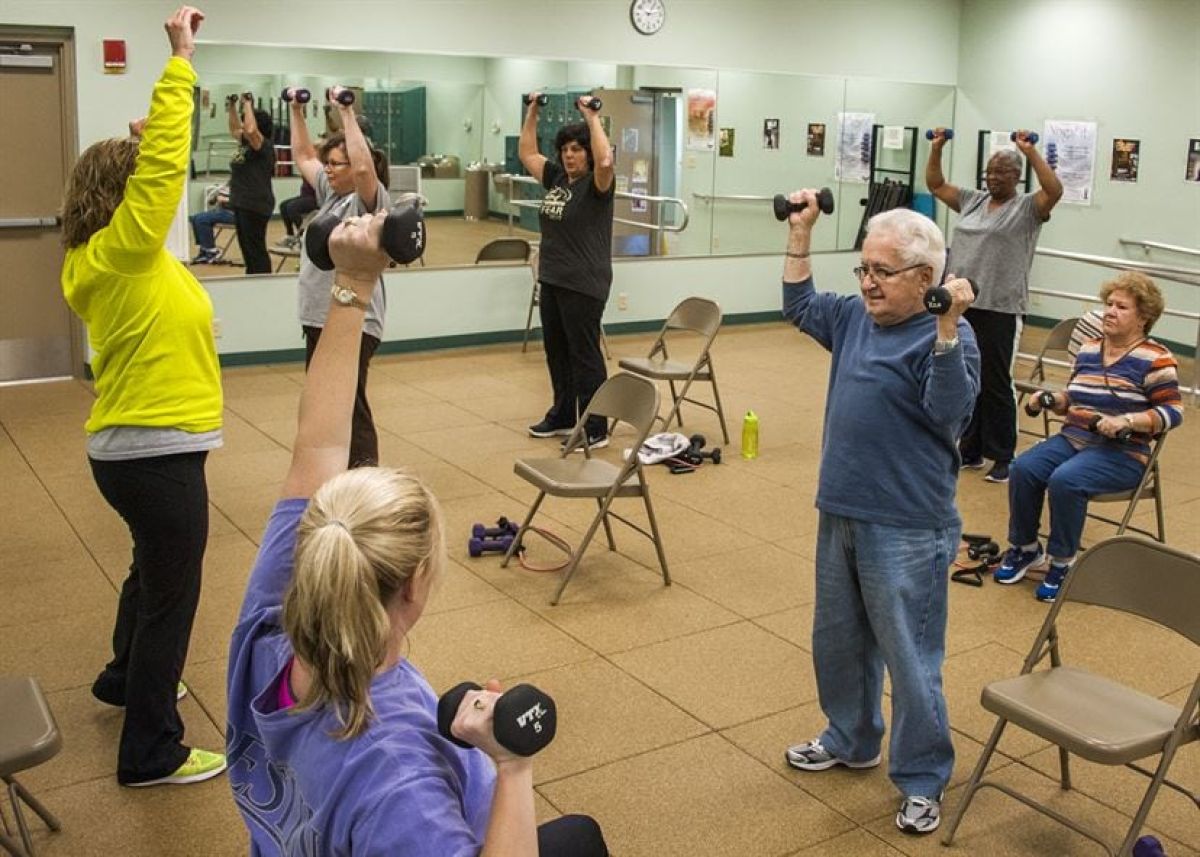Muscle loss in old age linked to damaged nerves

Academics from the University of Manchester, Manchester Metropolitan University and the University of Waterloo in Canada recently have uncovered that sarcopenia, or age-related muscle loss, is caused by the destruction of nerves.
Motor nerves are essential to bodily movement because they serve as passages for the electrical signals that control muscle contraction.
In a recently published paper, the group looked at 143 men of varying ages and measured the size of their quadricep (thigh) muscles using MRI scans.
Following this, electromyography was done to measure the electrical activity and size of surviving nerves. Results show that by the age of 75, nerve loss can be as high as 30-50%.
Unsurprisingly, people that suffered from sarcopenia had the least number of functional nerves.
However, the group also discovered that to compensate for the diminished number of nerves, the surviving ones could branch out and rescue the muscle fibres that had lost nervous connection.
This process, called motor unit remodelling occurs relatively early in the ageing process and may slow down or even prevent sarcopenia.
This phenomenon was observed more in older men who are more active than those who were more sedentary. This finding has been taken as further evidence of the benefits of being physically active at an early age.
The study also discovered that young men had higher numbers of motor units than active, pre-sarcopenic and sarcopenic older men. A motor unit is made up of a nerve cell (neuron) and the muscle it stimulates. A group of motor units work together to move one muscle fibre.
However, active and pre-sarcopenic older men had larger but fewer motor units, which suggests muscle fibres are being salvaged through motor unit remodelling.
Scientists are yet to find out why nerve damage occurs with age, but it seems the effects of such damage can be slowed with regular exercise.
Another recently published study by researchers at King’s College London and the University of Birmingham also find that seniors who cycled regularly had greater muscle mass and strength than those who did not engage in such physical activity.
Active cyclists also had lower blood cholesterol levels and higher testosterone values. But perhaps most surprisingly, these individuals had immune systems comparable to people 30 years younger as revealed by their high T-cell counts.
T-cells are specialized immune cells that help fight off infections and are produced by the thymus. As we age, the thymus shrinks, and fewer T-cells are produced.
These two studies provide further evidence of the seemingly innumerable benefits of regular physical activity, especially for an ageing population.







